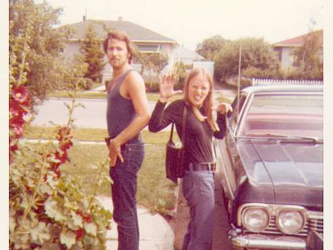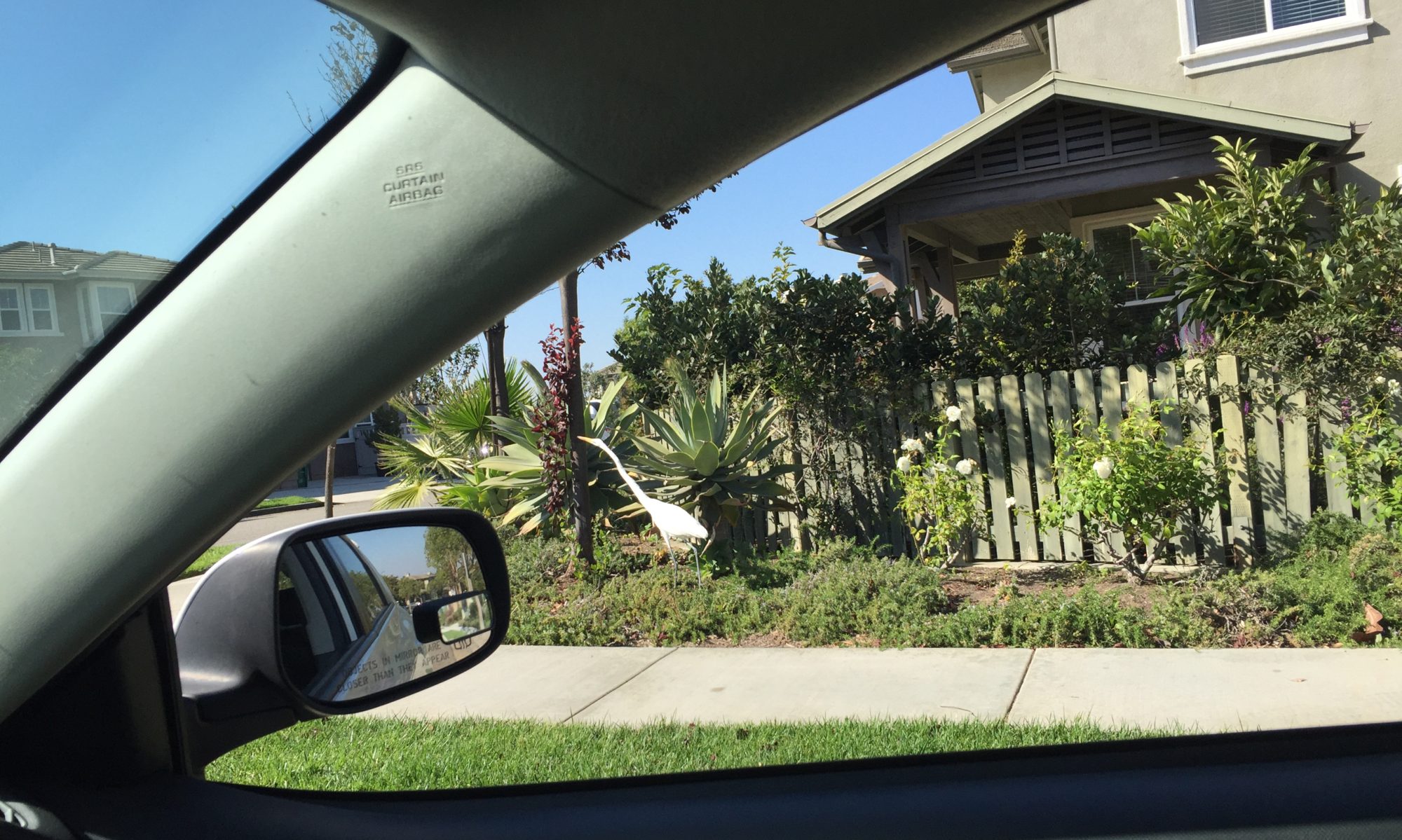17 August, 2009

For the 40th Anniversary of the founding of Canadian Comparative Literature Association, I was invited to talk briefly on the early years of the discipline in Canada. My speaking notes were revised for publication in the Canadian Review of Comparative Literature. It eventually appeared as “Edmonton is Fun, After All”. Canadian Review of Comparative Literature [special issue: 40 Years in the Discipline of Comparative Literature in Canada], 36.2, pp. 178-181.
I started my Ph.D. at the University of Alberta in 1969, so I belong to the first cohort fully trained in Comparative Literature in Canada. As Emily Apter observed, the preceding generation of comparatists in North America, my professors and mentors among them, were mostly European émigrés who had fled or survived fascism and/or communism. They brought with them something largely lacking on this continent, a tradition of multilingual learning in the mainstream European languages, English, French, German, Russian, sometimes Italian or Spanish. Latin and knowledge of the classics was a given, though reference to it was often pro forma.
It follows that the premises and the program of Canadian Comparative Literature echoed those formulated within European comparatism stretching back to Mme de Staël and Goethe. The moral imperative of that European discipline was to supercede the waves of literary nationalism which had arisen in the eighteenth century when the whole continent was caught up in the creation of Nation-States, often imperial identities to boot. Although we were taught that literature was only one among the arts, that high literacy was often derived from oral or popular traditions, and that there were numerous lesser languages other than the big three or four, our focus and the main matter of our studies were the Great Books, the canons of each major European literature. World literature, as we read it, was first and foremost a selection of the masterpieces of Europe, with the occasional non-European classic thrown in for good measure.
Remember, I am speaking of 1969 and of the program which was transmitted to us by our seniors. Those of us who were what we would now call “newbies” were ourselves children of the sixties. We were not radical enough to have dropped out, but most of us had turned on, had inhaled, and were tuning in to new realities, of which here is a short list. We knew that the medium was the message. The Vietnam War was in full tear, and opposition to it was a rite de passage for many. The world we saw was much wider than Europe or the United States and, to be sure, Canada, especially Edmonton. Both CanLit and la littérature québécoise were just taking institutional academic shape. In what was then called the Third World, new Nation-States were emerging. Indeed, one trope of the time was “emerging literatures.” In my case, I had spent two years prior to graduate school in Africa. My own PhD, defended in 1976, was one of the first in North America to treat African literature. The African Literature Association, of which I remain a member, had been founded the preceding year.
In other words, even those of us who had chosen the academic life, the ivory tower, were torn between Rimbaud’s changer la vie, and Marx’s transformer le monde. It was from this perspective that my generation began to study comparative literature,
Let me try to recall the main elements of the discipline we were expected to learn by referring to two seminars I took in 1969.
The centerpiece of Milan Dimic’s course on Comp Lit Methdology was René Wellek’sTheory of Literature, though there was a module devoted to bibliographical sources and the library research techniques available at that time (no computers). We were taught that there were two main schools of Comp Lit, the “American” and the “French”, aside of course from the Soviet school.
Milan had ambiguous attitudes toward Marxism, but insisted that we master its precepts, to the point that the next year he invited Gyorgy Vajda from Budapest as Guest Professor in Marxist Esthetics. At that moment in history, we had no inkling that a large part of the world would not be Marxist in doctrine. Many young rebels, like myself, reveled in adopting Marxist postures, ceci pour épater les bourgeois.
The French School, we were informed, was the default methodology, the strict study of direct influence of one author on another across the boundary of national languages. You will recognize the template: Byron and Pushkin, Nerval and Heine, Nietzsche and Stringberg, etc. The American School, on the other hand, was more open, both to the relationship between Literature and the other Arts, and to comparison which was not restricted to strict empirically attested cases of influence. Underlying all these methodological considerations was the theoretical platform upon which Wellek based his own work, the Russian formalists of the 1920s, plus those scholars whose work derived in one way or another from the impact of early twentieth century linguistics, in the first instance de Saussure. But there were other currents, the literary phenomenology of Roman Ingarden being particularly influential.
Since my second working language was French, I was especially attuned to developments in Paris. At that time structuralism was in full bloom, though Milan liked to remind us that Lévi-Strauss had been preceded by Vladimir Propp, and that Roland Barthes had built on foundations laid by the Russian formalists. I remember, during the year I spent in Paris in the early 1970s, running across the early works of Derrida and Deleuze, and not knowing exactly how to place them. It was quite a leap from structuralism to what became known only a few years later as “post-structuralism”. We couldn’t, at that time, imagine that there would be a post-structuralism. Similarly, modernism had no “post-” before it, that is to say nothing coming after it. The same could be said about “colonialism”. The literary realm soon to be known as “poco” was still studied under the rubric of “Commonwealth Literature”. We knew there were non-European works d’expression française, but la francophonie had not been invented, its name forged and applied beyond the realm of imperial (hexagonal) French cultural policies. “Cultural studies” would have seemed a clumsy neologism, the purpose of which was yet to be devined. “Feminism”, if the word was even uttered, would have evoked fashion and make-up, Coco Chanel.
As I look back at my own intellectual trajectory, a steady constant I find was a single essay by Roman Jacobson, “Linguistics and Poetics”. I remember my own dissertation supervisor, Juan Ferraté, spending weeks on it during his Seminar on Poetics. He wanted to make sure that we got the full implication of the Jakobsonian precept that the poetic function of a message is its primary reference back to itself, the referential function being, as he loved to say, “held in abeyance”. This occurs, he would repeat, when the “principal of equivalence” is extended from the vertical axis of paradigmatic or synchronic selection to the horizontal, diachronic one of syntagmatic combination and permutation. Or something like that.
I was thus not only a child of the sixties, but a product of what became the “linguistic turn”.
Two, almost three generations later, that linguistic turn has borne fruit in ways we can now see around us, though you will note that there is very little of what I have described explicit in the topics presented at Canadian Comparative Literature Association meetig at Carleton University in 2009 [for which this text was composed, GL]. The old terminology, our jargon, has been almost all “erased”.
I consider myself a lucky man. Comparative Literature as it was practiced in Canada its early years opened many doors for me. Much of my own research trailed off into linguistics, in my case creolistics and the study of the micro-cultures contained in and conveyed by creole languages. Yet it has always been shaped by the moral imperative of European comparatism mentioned above: superceding not just narrow nationalism, but ethnolinguistic and ethnocentric bias in all its forms.
Let me conclude with an anecdote, one which exemplifies one more striking change in our academic mores. Juan Ferraté used to carry two packages of gitanes bleues into our seminars, and work his way through them over the next three hours. Our seminars were choked with smoke. Juan, a difficult individual for whom I had the greatest respect and affection, was one of those European émigrés, having, in his case, escaped just in the nick of time from the hardening of the Castro régime. In Edmonton, he continued to lead a double life, since the centre of his world remained Barcelona and his role as editor with the publisher Seix Barral. Last November in Paris I had the chance to stumble across a volume of letters Juan edited, those of his brother the Catalan poet Gabriel Ferrater (Papers, Cartes, Paraules. A cura de Joan Ferraté. Barcelona: Edicions dels Quaderns Crema, 1986, p. 458.)
You can imagine my joy when I ran across one of his own letters back to his brother describing Edmonton at the very time I was puffing Gitanes alongside him. After recounting his intellectual work at the time — yes, Jacobson was at the centre of his preoccupations — Juan switched from Catalan to insert a phrase in English, a language his brother also knew and used: “No tinc lates obsessives precisament perquè no tinc gairebé cap relació amb ningú que no siguin els estudiants i dos o tres collegues. Edmonton is fun, after all”.
I can’t agree more with this assessment of Edmonton in 1969. Like Juan Ferraté, none of us were afflicted with “bothersome pests” since, like him, we hardly had relations with anyone other than students, plus one or two colleagues. It was our own Latin Quarter. Our only distractions were smoky taverns. It was a great place to study!
